South Vietnam, High Sea Mail posted in South Vietnam;
The Universal Postal Union (UPU) has established rules and regulations for mail that is posted on the High Sea. Mail on an oceangoing vessel is usually collected by the purser of a vessel or, in case of large ships, the postal officer. The mail is then entered into the mail stream at the next port of call of the vessel. Postal items are often marked with cachets or manuscript markings as “Sea Mail, “Paquebot” or “Mailed at Sea” to indicate that the item was deposited on a ship. Sometimes the name of a ship or a ship cachet is added.
The UPU established that the postage for such items must be paid in stamps issued by the country under which flag it is sailing while at high sea. The postal tariff charged also has to reflect the postage tariff of such country. However, if a vessel is in a foreign port then the mail has to be franked with the postage stamps of the port country. This leads to an interesting mismatch of postage stamps and the cancels used to invalidate them.
Postcard posted on the French Paquebot “Ligne N Nr. 4” that plowed the Saigon-Yokohama-Marseille route and sent in February of 1908 to France. Given the French flagged ship a French postage stamp was used.
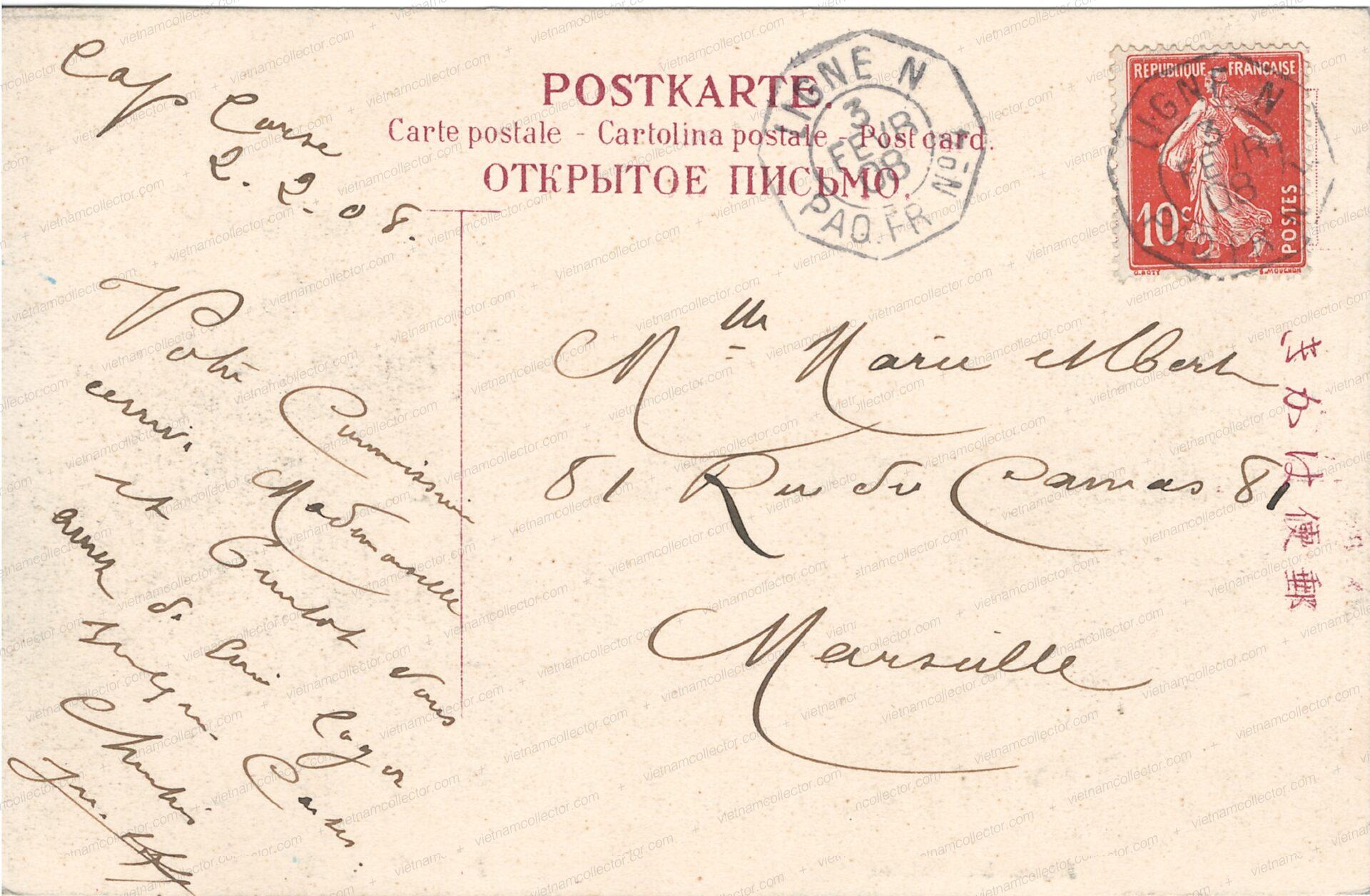
Post Card of the French Paqebot “VIET-NAM”.
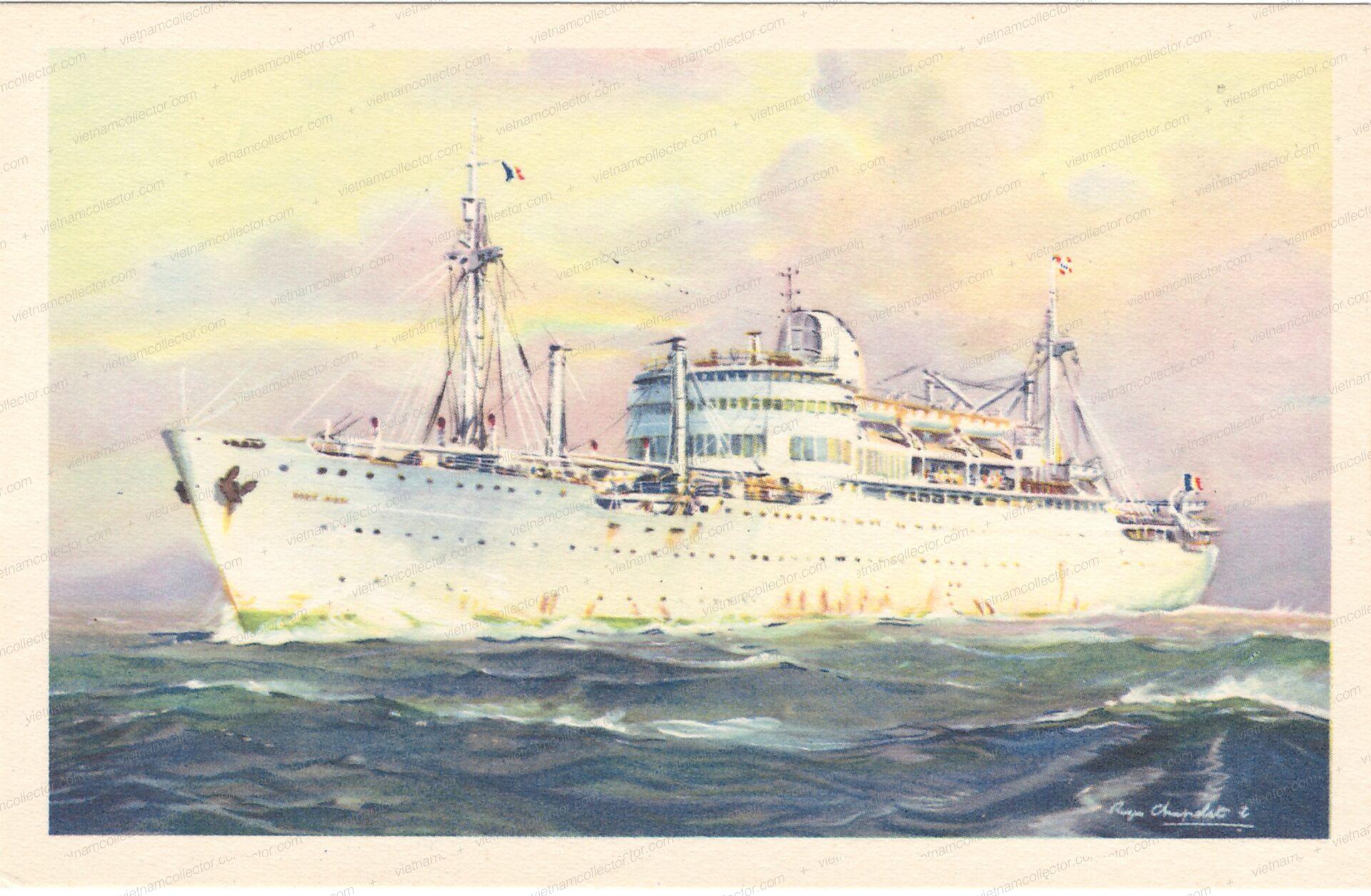
Postcard posted on the French Paquebot “Ligne N Nr. 4” that plowed the Saigon-Yokohama-Marseille route and sent in January of 1908 to France. Given the French flagged ship a French postage stamp was used. The postcard entered the mail stream in Hang Hai (China) and was routed via the Transiberian Railway from Beijing-Moscow-Berlin.
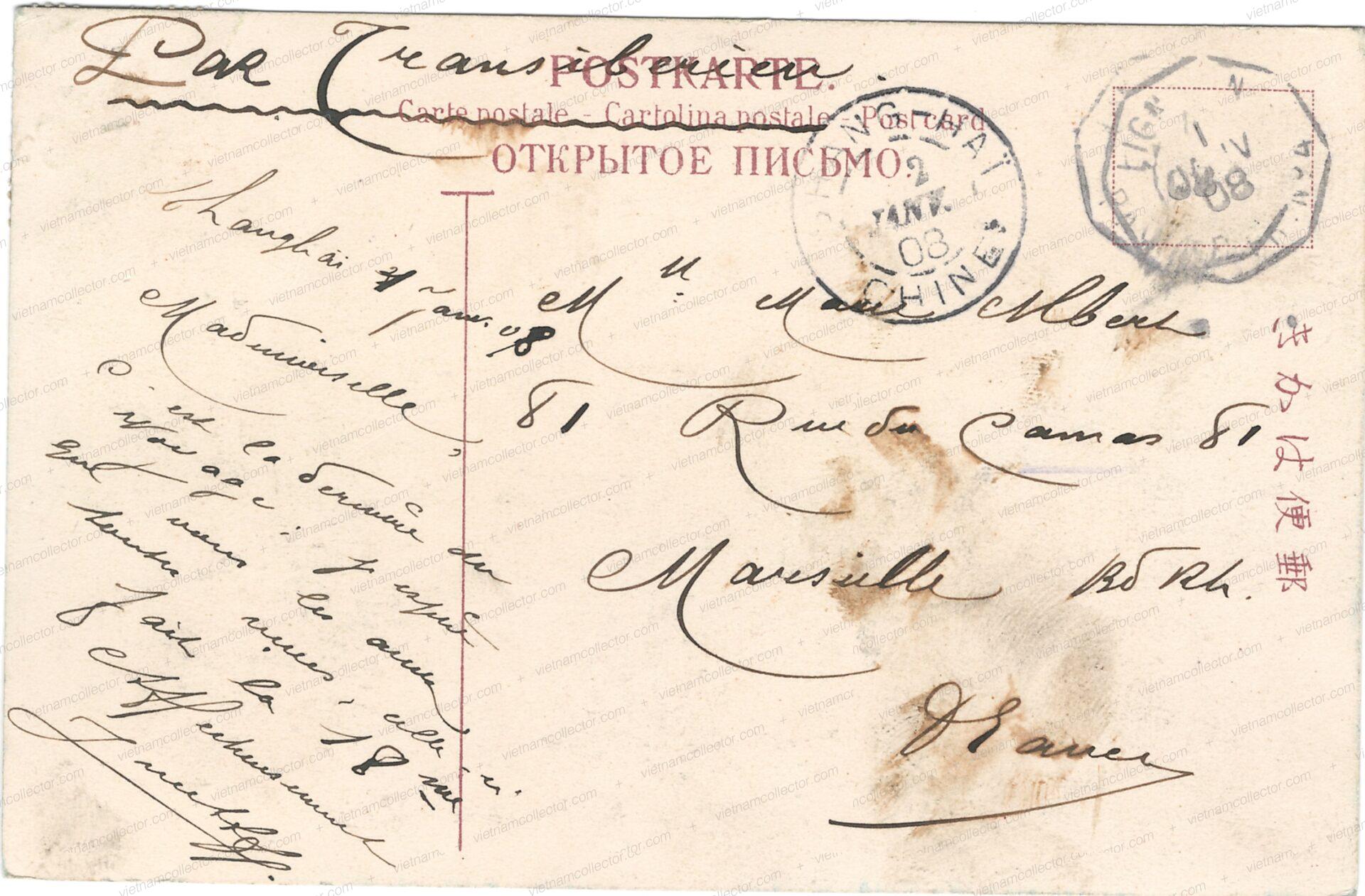
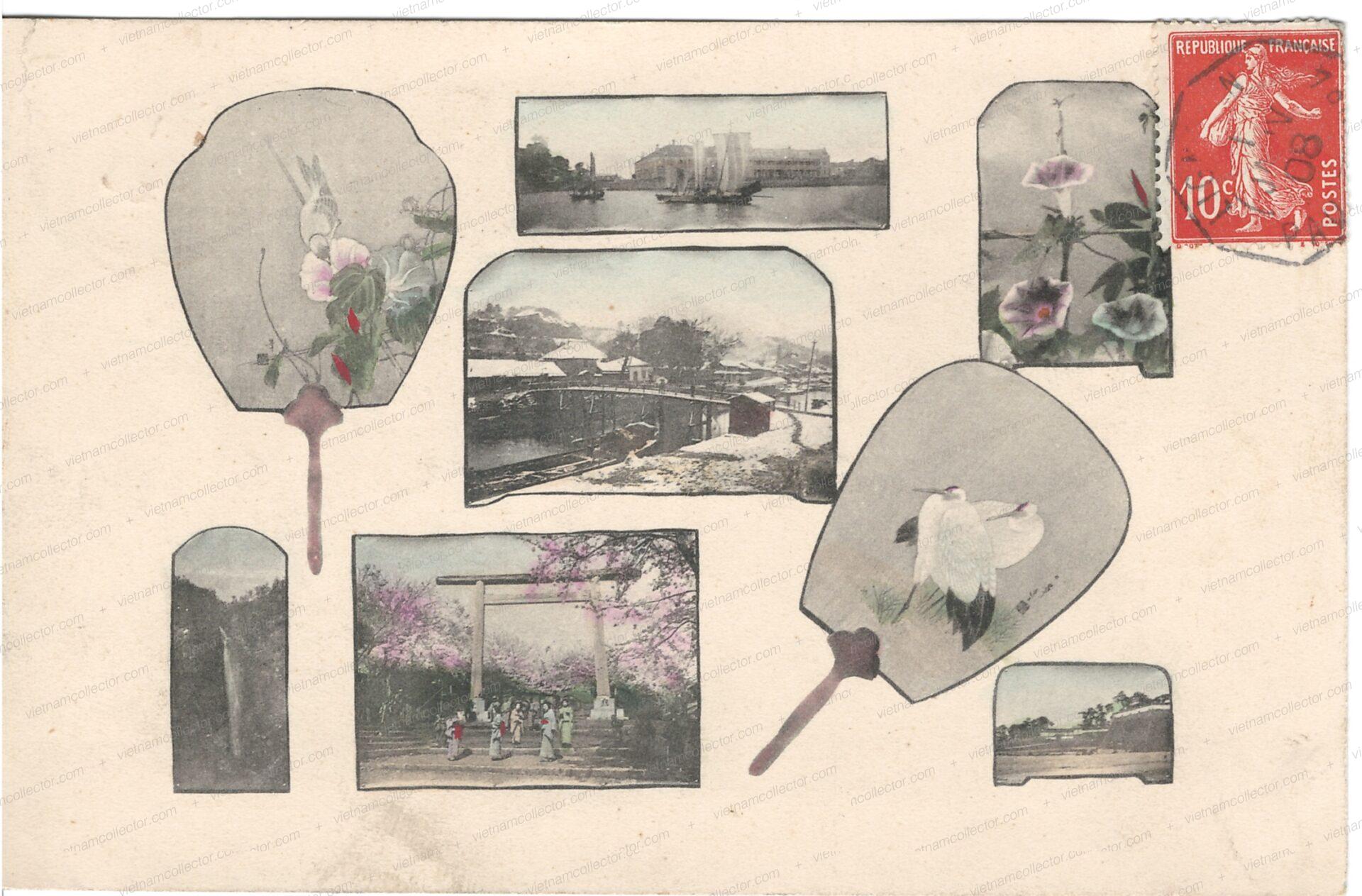
Postcard posted on a French Paquebot and sent in September of 1930 to Saigon, Indochina. Given the French flagged ship a French postage stamp was used. The letter entered the mail stream in Quin Hon. IT was later re-routed to France . Rectangular “PAQUEBOT” cachet on front.
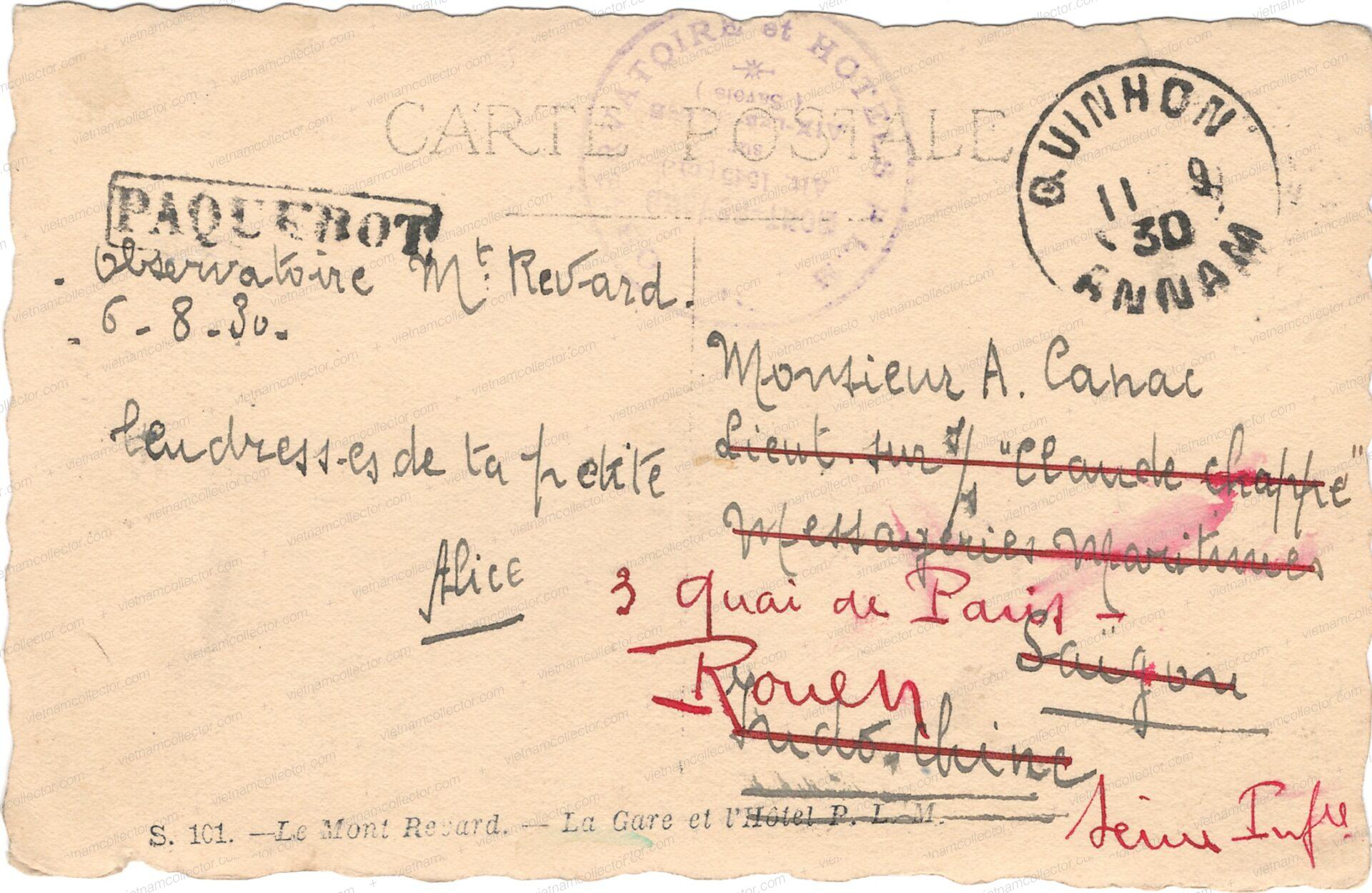
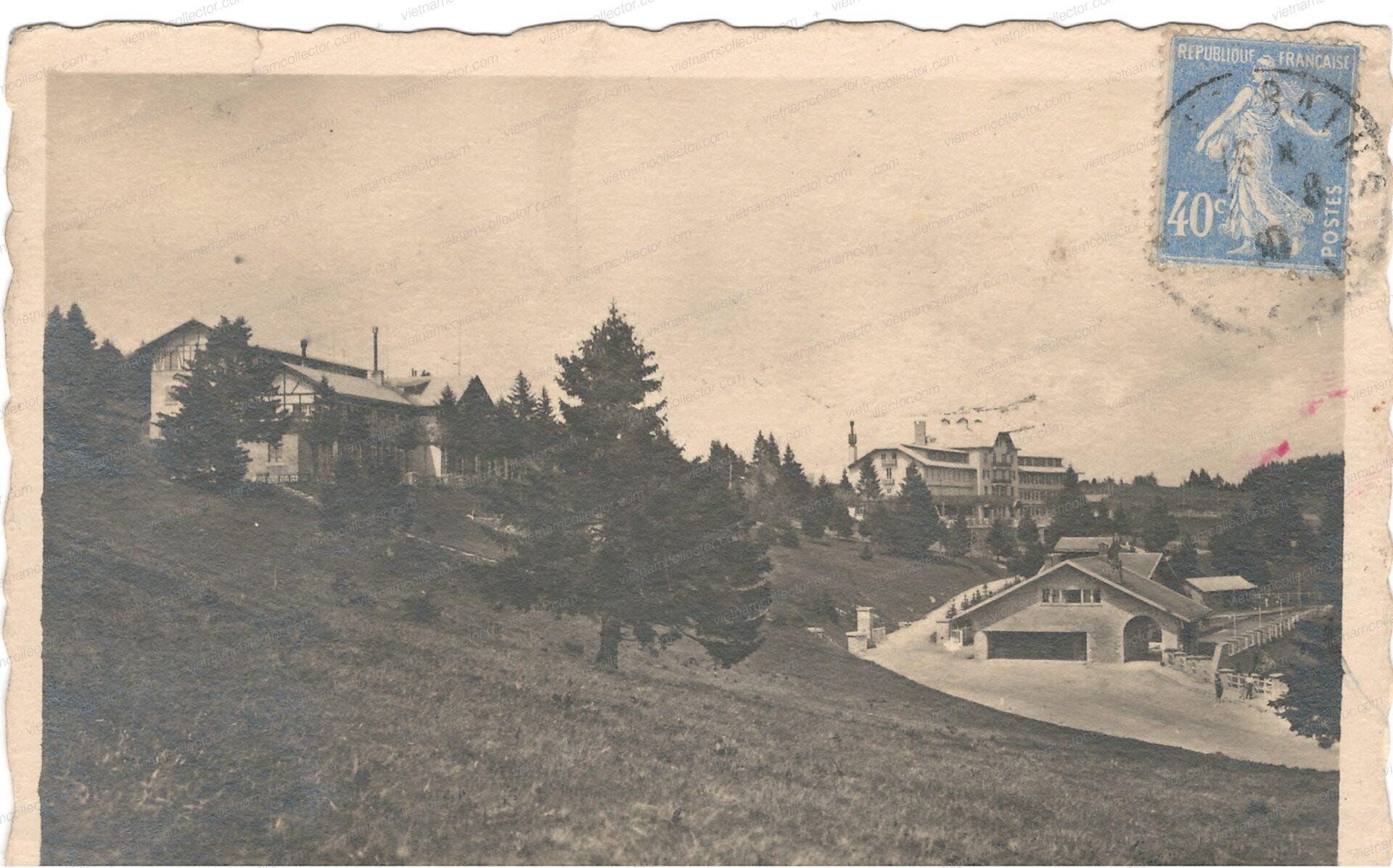
Letter sent from a French Paquebot to France in April of 1931. Given the French flagged ship a French postage stamp was used. The letter (full contents preserved) entere the mail stream in Saigon and received the unusual “SAIGON-PAQUEBOT” cancel. Marseille arrival cancel on the reverse .
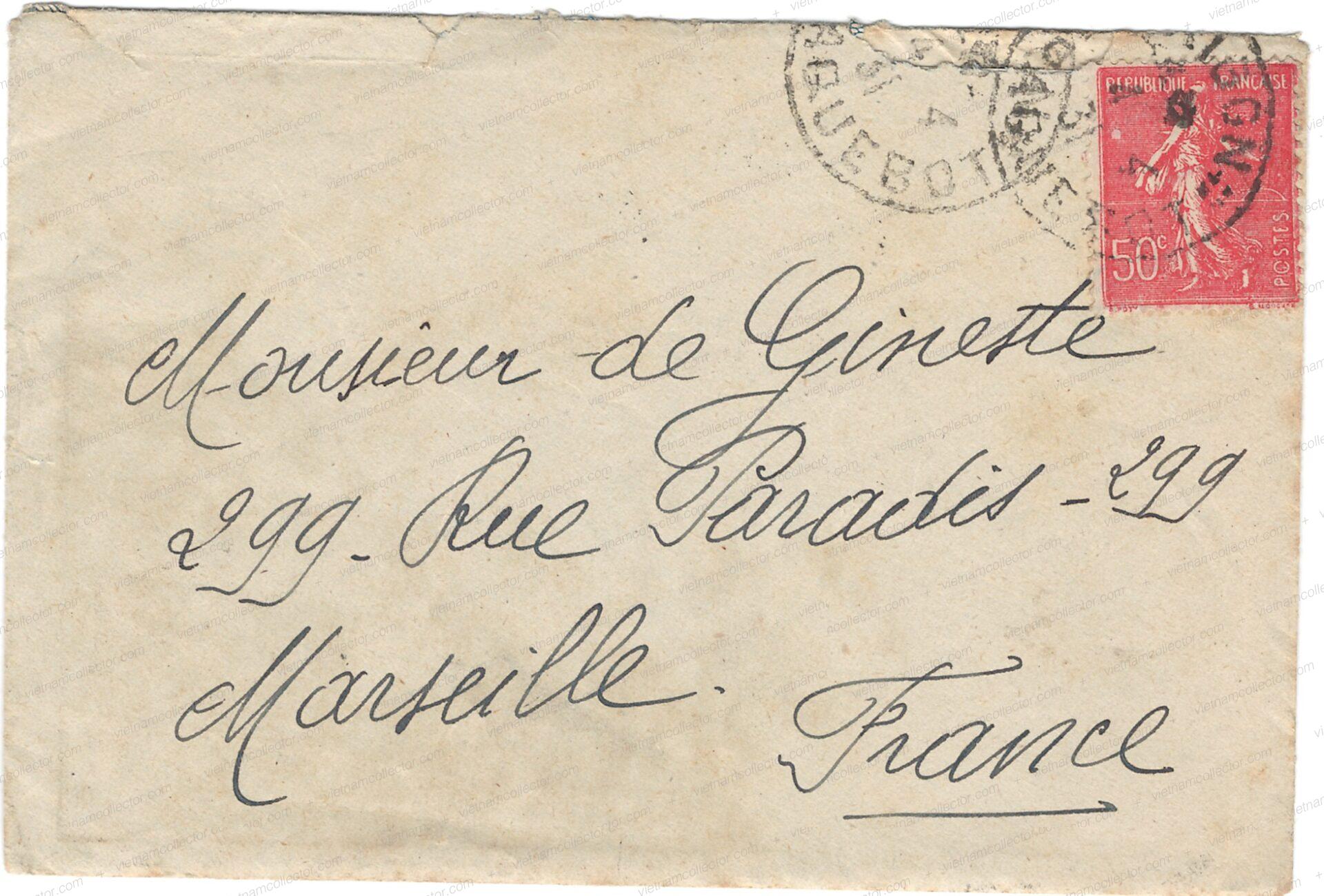
Postcard mailed from Saigon to France in March of 1935. The card was transported by the Kobe-Marseille Paquebot Nr. 4 as indicated by the octagonal ship cancel that was used to cancel the 2C Indochinese postage stamp.
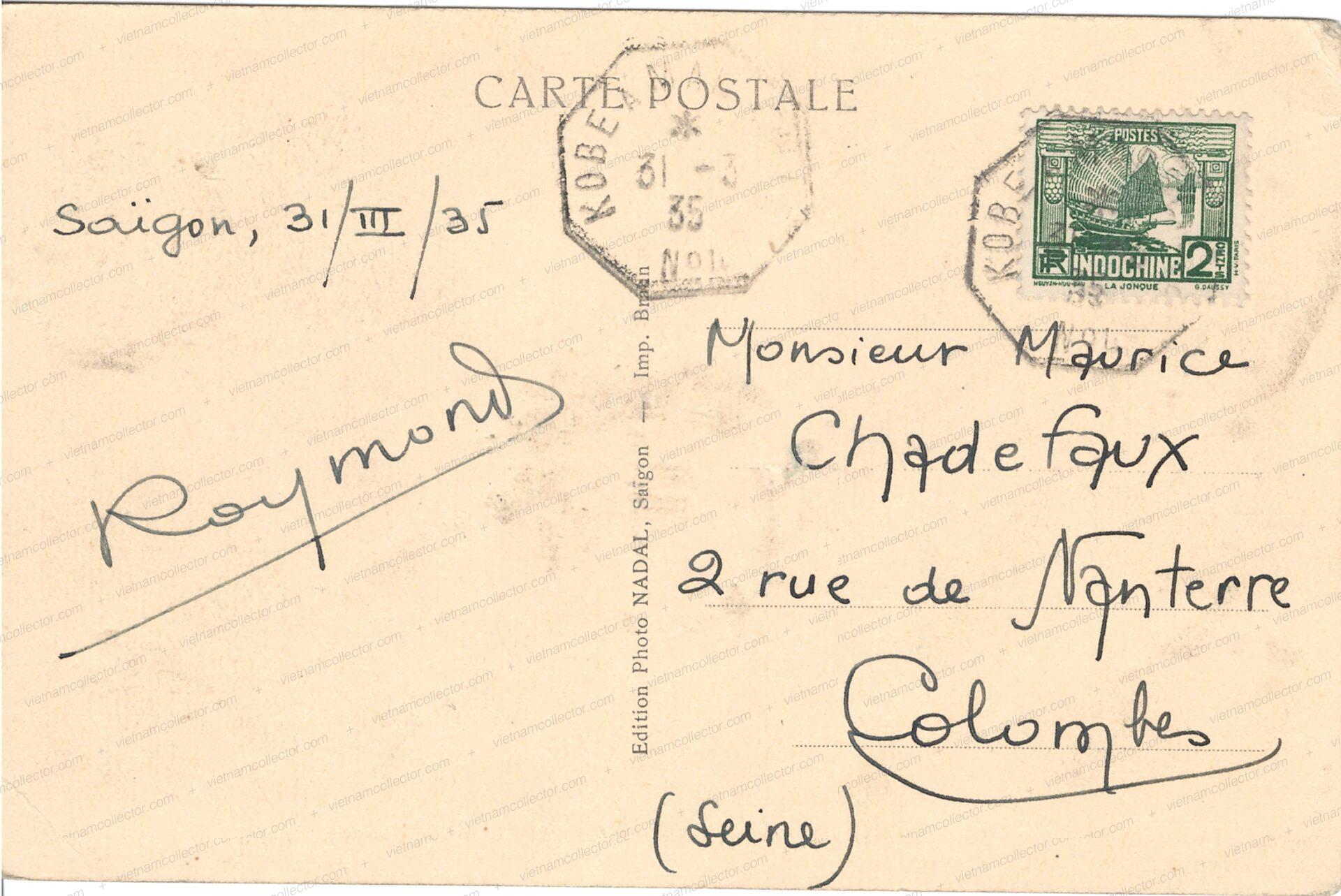
Here is a letter posted on the vessel “Georgic” in October of 1955. The Georgic apparently was sailing under the English flag and hence a British stamp was used to pay for the postage. The next port if call must have been Saigon as the letter was entered there into the mail stream and cancelled by a machine Saigon cancel.
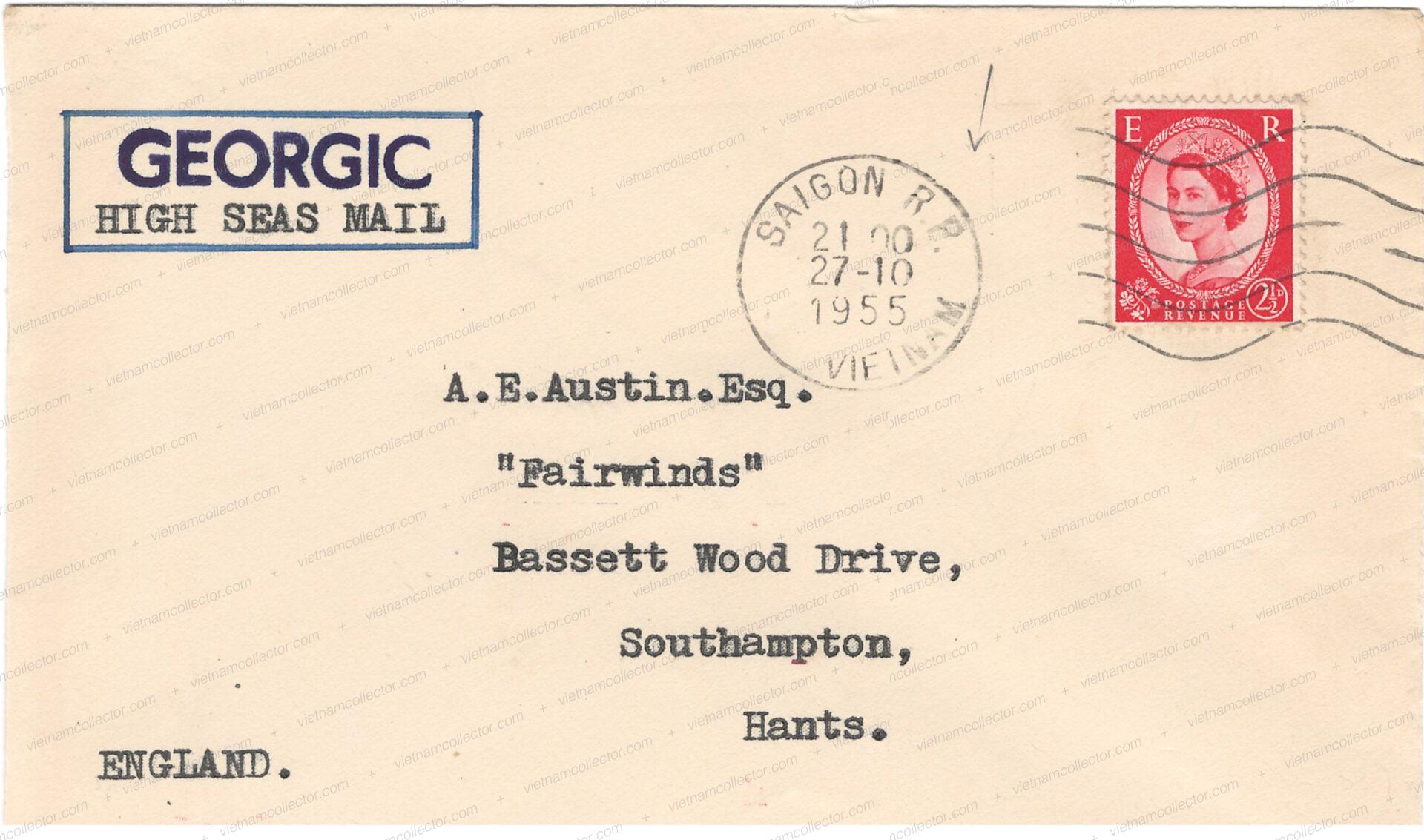
This is a printed matter mailing that originated on the Norwegian vessel “Castleville”. As a result it was franked with Norwegian postage stamps and entered into the mail stream in Saigon in November of 1956. Canceled with the regular Saigon date canceller.
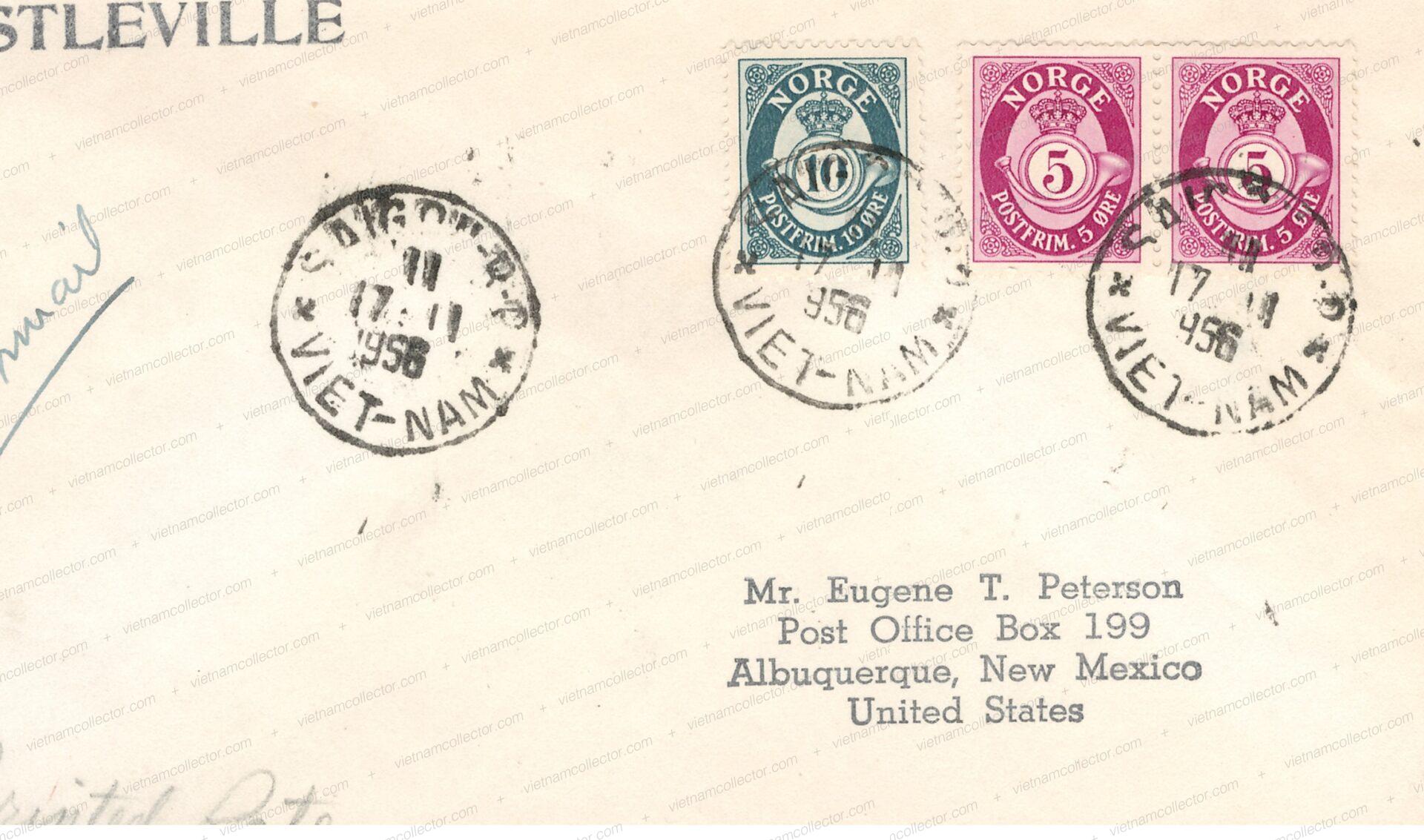
This is a printed matter mailing that originated on the American vessel “Peace Tree”. As a result it was franked with Americam postage stamps and entered into the mail stream in Saigon in April of 1957. Marked with the regular Saigon date canceller. San Francisco transit machine cancel on the reverse. Unusual use of the “Paquebot” hand stamp to cancel the stamps themselves. Normally the “Paquebot” cachet was applied only to the envelope.

Registration Nr. 200004

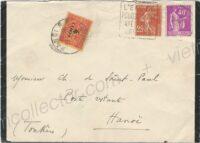
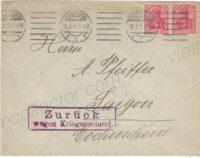
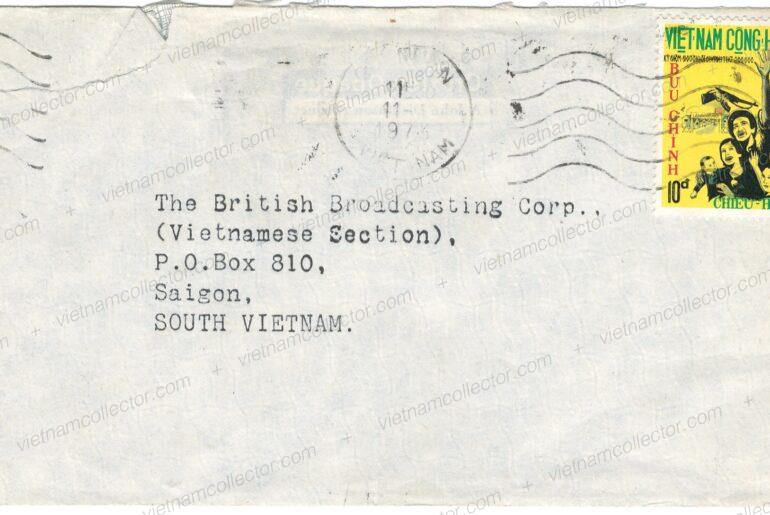
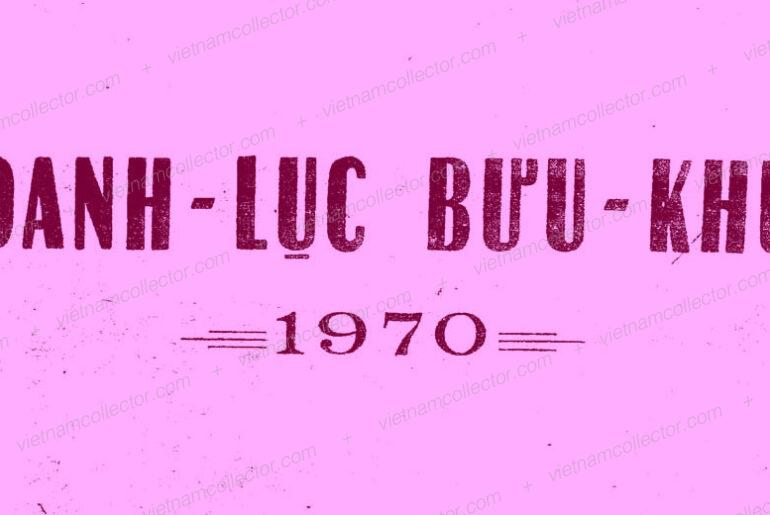
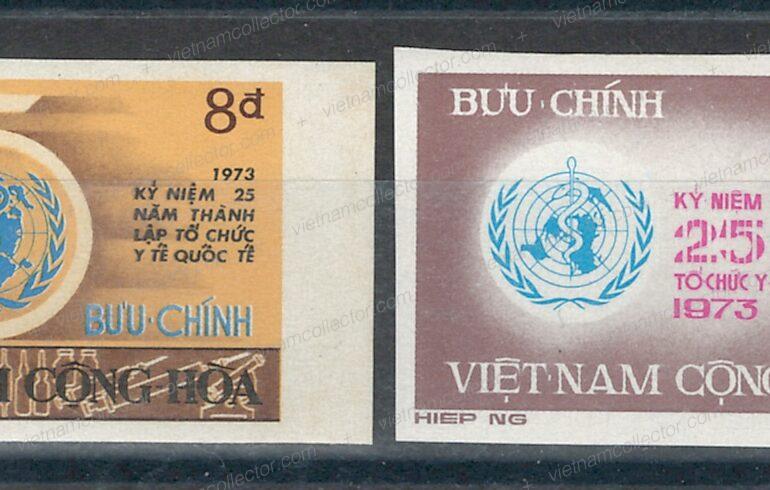
Comments are closed.